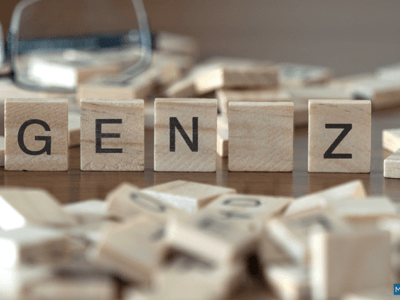Self-harm, especially non-suicidal self-injury (NSSI) like cutting, is often a way to cope with intense emotions or psychological pain. Individual may engage in it to relieve feeling of sadness, anger, or numbness, as it provides a temporary sense of control or emotional release. It is not typically linked to a desire to die but rather to manage overwhelming distress. Factors such as past trauma, emotional dysregulation, or feelings of self-punishment often contribute. Environmental triggers like bullying or abuse and socio-cultural pressures can intensify these behaviors. Understanding and addressing the underlying causes is essential for effective support and intervention.
Why people do Self-Harm?
Self-harm refers to the deliberate act of injuring oneself without suicidal intent. Common forms include cutting, burning, scratching, or hitting oneself. While self-harm is often misunderstood as a suicidal gesture, many people who engage in this behavior do not want to end their lives. Instead, they are using it as a coping mechanism to deal with overwhelming emotions or stress.
The Emotional Motivation Behind Self-Harm
At the heart of self-harm lies the need for emotional regulation. People often use self-harm to cope with intense emotions like sadness, anger, anxiety, or numbness. Here are some key emotional drivers:
- Relief from Emotional Pain: For some, physical pain is a way to externalize internal emotional suffering. The sensation of cutting or hurting oneself can provide a temporary distraction from intense emotions or personal trauma. It might offer an illusion of control over the pain, making internal chaos feel manageable, if only briefly.
- Numbing Emotional Overload: Individuals overwhelmed by emotion may self-harm to escape from feelings they cannot process. When emotional pain becomes unbearable, self-harm can create a sense of release or temporary emotional numbness, offering respite from the inner turmoil.
- Expression of Unspoken Pain: Some people lack the tools to express their emotional distress verbally, and self-harm becomes their outlet for communication. Through visible wounds, they symbolically express feelings of worthlessness, shame, or despair that words cannot convey. For some, these injuries may serve as a cry for help, not in the sense of seeking attention, but in expressing internal anguish.
- Feeling Alive: On the other end of the spectrum, individuals who experience emotional numbness, dissociation, or a sense of detachment from reality might use self-harm to “feel something.” The physical sensation of pain can momentarily break through the emotional void and remind them of their own existence.
Psychological Factors
- Control and Self-Punishment: Many individuals who engage in self-harm struggle with feeling of low self-worth, guilt, or self-loathing. Self-harm may become a form of self-punishment, as a way to express their internalized anger or to “atone” for perceived failing. For some, it’s about gaining a sense of control over their bodies when their emotions or life situation feels uncontrollable.
- Coping with Trauma: Childhood trauma, abuse, neglect, or loss are a significant background for those who self-harm. When the emotional scars of past trauma go untreated, individuals may turn to self-harm as a means of releasing some of that pent-up emotional pain. In many cases, it’s an attempt to regulate emotions they haven’t been taught how to process.
- Mental Health Conditions: Self-harm is frequently associated with mental health conditions such as depression, anxiety, borderline personality disorder and post-traumatic stress disorder (PTSD). These conditions often involve overwhelming emotions, intense mood swings, and difficulty managing stress, which may push individuals towards self-injurious behaviors.
Environmental and Socio-cultural Influences
Lack of Social Support: People who feel isolated or misunderstood may turn to self-harm when they don’t have a strong support system. Without healthy outlets to discuss or process their emotions, they may resort to physical pain as a substitute for emotional release. In some cases, self-harm behaviors can be influenced by peer groups or online communities. When someone feels connected to others who engage in similar behaviors, it may normalize self-harm, making it seem like an acceptable coping mechanism.
The Role of Biology
Emerging research suggests that there may be biological components to self-harm. Some studies have found that people who self-harm may experience a temporary release of endorphins, the body’s natural painkillers, which can create a brief sense of relief or even euphoria. Over time, this can reinforce the behavior, and make it a habitual response to stress or emotional discomfort.
Seeking Help and Breaking the Cycle
Self-Harm : Why People do Self-Injury? Self-harm provides short-term relief, it often leads to long-term negative consequences, both physically and emotionally. It can deepen feelings of shame, isolation, and guilt, leads to the vicious cycle that is difficult to break without support.
Self-harm, especially non-suicidal self-injury like cutting, is a complex behavior rooted in emotional regulation, trauma, and mental health challenges. While it can be alarming to witness or experience, it is essential to approach with empathy and understanding. Offering support, encouraging professional help, and fostering a compassionate environment can be life-changing for individuals struggling with self-harm.
By addressing the emotional and psychological pain behind self-harm, individuals can learn healthier ways to cope and ultimately lead more fulfilling lives.



